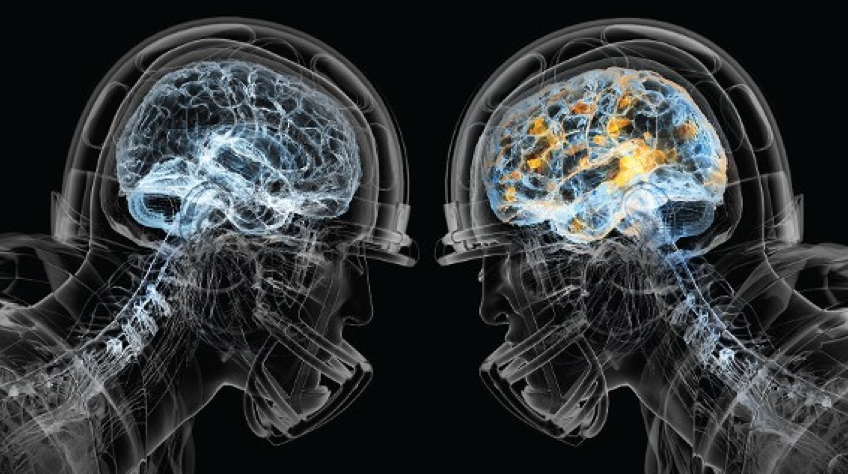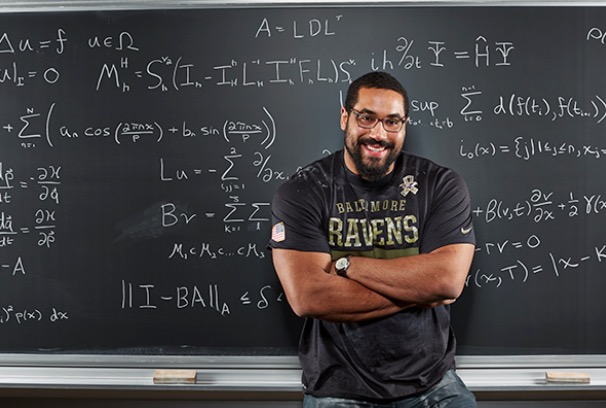myHIN Blog
Category: Black Men Articles

February 25, 2016
Mind Games
I remember playing high school football and being told that the game is as much physical as it was mental. I spent hours each week in the training room, film room, weight room, or practice field preparing for the game ahead, and wanting nothing more but to win. Like most athletes, we played through injuries, and it was expected, but head trauma was treated differently. I have clear memories of teammates, and even my younger brother, sitting out for multiple games because of concussions. I had friends end their involvement in all contact sports because of the head injuries they incurred, while still in high school. During my short athletic career I watched head injuries be taken increasingly serious through the improvement of preventative measures like helmets, and more stringent recovery procedures for athletes.
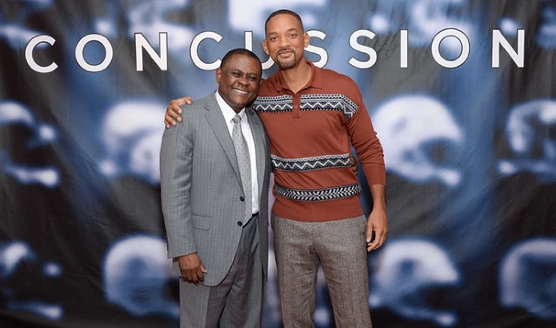 The new film, Concussion, starring Will Smith, takes a look into the NFL’s gradual shift in perspective concerning the nature of the repetitive collisions that define the game. The movie speaks to the reluctance of the organization to accept any wrongdoing, as well as their hesitance to buy into the daily dangers presented by the game to those who play. The film features footage of the car crash that led to the fiery death of Justin Strzelczyk, a former member of the Pittsburgh Steelers, in-game collisions, and a reenactment of Dave Duerson’s suicide. These clips are woven throughout the film to portray the urgency needed by those who are at risk for chronic traumatic encephalopathy (CTE), found in many former NFL players due to repeated trauma on the brain, resulting in concussions. CTE showed its head through lapses in memory, headaches, sensitivity to light, outbursts, depression, and a gamut of other debilitating symptoms.
The new film, Concussion, starring Will Smith, takes a look into the NFL’s gradual shift in perspective concerning the nature of the repetitive collisions that define the game. The movie speaks to the reluctance of the organization to accept any wrongdoing, as well as their hesitance to buy into the daily dangers presented by the game to those who play. The film features footage of the car crash that led to the fiery death of Justin Strzelczyk, a former member of the Pittsburgh Steelers, in-game collisions, and a reenactment of Dave Duerson’s suicide. These clips are woven throughout the film to portray the urgency needed by those who are at risk for chronic traumatic encephalopathy (CTE), found in many former NFL players due to repeated trauma on the brain, resulting in concussions. CTE showed its head through lapses in memory, headaches, sensitivity to light, outbursts, depression, and a gamut of other debilitating symptoms.
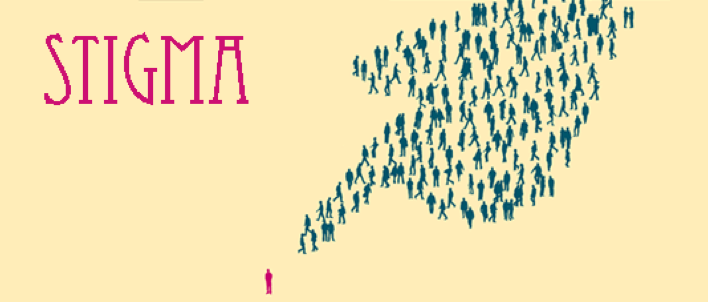 As the discussion surrounding mental illness continues to grow, I am reminded that ailments of the brain go unseen. There is no visible bruise, no blood or fractures that we can see, but the recovery is just as severe. I am glad to see an increased vigilance paid towards mental illness, but hope the conversation about CTE does not limit the scope to end at how the NFL will use the emerging research, but instead to a broader perspective of caring for mental illnesses is adapted. As I age I do not only worry for my childhood sports heroes, but also for the plethora of people dealing with untreated mental illnesses. We must continue to be proactive to fight the stigma of mental illness, in all aspects of society.
As the discussion surrounding mental illness continues to grow, I am reminded that ailments of the brain go unseen. There is no visible bruise, no blood or fractures that we can see, but the recovery is just as severe. I am glad to see an increased vigilance paid towards mental illness, but hope the conversation about CTE does not limit the scope to end at how the NFL will use the emerging research, but instead to a broader perspective of caring for mental illnesses is adapted. As I age I do not only worry for my childhood sports heroes, but also for the plethora of people dealing with untreated mental illnesses. We must continue to be proactive to fight the stigma of mental illness, in all aspects of society.
Follow us @myhealthimpact on Twitter for more on #health and #tech topics.
Share

February 17, 2016
Cam Newton Ain’t The Only One Taking An Online Beating
Not so fast. Maybe the world has moved on from Super Bowl 50 but not me. Since my hometown Panthers lost for only the second time this season, I’ve been contemplating writing this piece. Why? Because it attacks something I admire and has frankly grown to love over the years. Not only did millennials grow up with social media..we practically created it. I’ve been fortunate enough to watch several generations of social media evolve: from the Myspace era, to the Zuckerberg era and now the ephemeral messaging era known to many as Snapchat me that..mood!
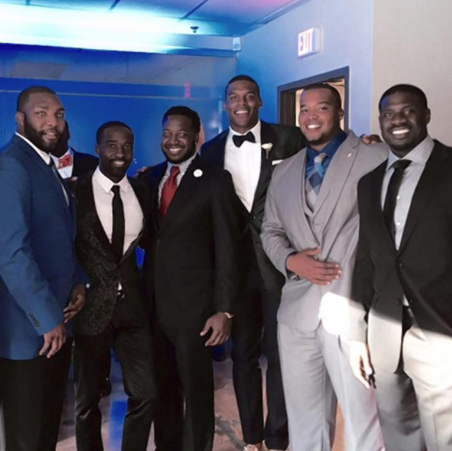
For all the glory and praise that social media has brought to the world so has its ability to criticize us..particularly Black people in the media. If you don’t know where I am going with this then let’s start with the name Cam Newton or as mainstream media has wrongfully labeled a thug or villain. Now obviously everyone is entitled to their opinion but how much hate is too much in such a connected world?
Delivering a nasty message is always only a click away and it ain’t just Meek Millz and Kanye..everyone has Twitter fingers. From likes and hearts to retweet this repost that, we live in a society that’s built on the rise and fall of celebrities, athletes, actors and actresses. In fact, social media for the wonderful things it’s done has created a new mediums of abuse like cyberbullying. It’s no longer just a scene in horror movies. When the pressure mounts to be too much, real lives are lost!
What was once considered a harmless and closed argument at the local barbershop is now considered a public conversation overtaken by hashtags and trending topics. Cam Newton might be 6’5’’ and 245 but even Superman has a Kryptonite.
All it takes is one tweet multiplied by X people to cause the person behind the profile to disappear forever. Choose your words - I mean - your tweets wisely.
Share

January 28, 2016
Real Friends
Kanye West recently released a record titled, “Real Friends.” The song provides an introspective look at West’s relationships, which in turn has prompted me to do the same.
As I continue to age, I increasingly see the value in having a strong cohort of friends with whom you can share time, advice, and experiences. It is not enough however to just have a group of friends. It is important for me to be in an environment that promotes growth and support. Surrounding myself with friends who are inspiring and striving for their own success is one of the many ways I create a healthy environment.
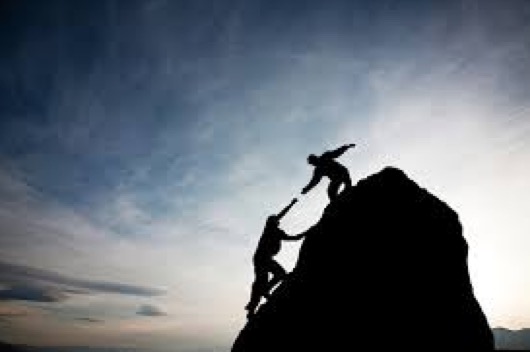 As many of my friends are preparing their post-graduation plans, it can be a time of high stress and relative unclarity. This is where I find value in the companionship provided by friends. With the diversity of experiences throughout my friends, I have seen their creativity fruition into ideas on how to follow their passions through the pursuit of a profession or continued education. The creativity extends past pursuing passions. Our discussions include planning how we will contribute to each other’s successes, providing not just an emotional support but also a support network for our futures.
As many of my friends are preparing their post-graduation plans, it can be a time of high stress and relative unclarity. This is where I find value in the companionship provided by friends. With the diversity of experiences throughout my friends, I have seen their creativity fruition into ideas on how to follow their passions through the pursuit of a profession or continued education. The creativity extends past pursuing passions. Our discussions include planning how we will contribute to each other’s successes, providing not just an emotional support but also a support network for our futures.
These networks have been an integral part of my success since high school. As one of very few students of color at the private school I graduated from, we shared some common experiences in our environment. These experiences created a camaraderie among us that lasts even to this day. Our accomplishments are shared and our shortcomings are uplifted, and for this I am appreciative. 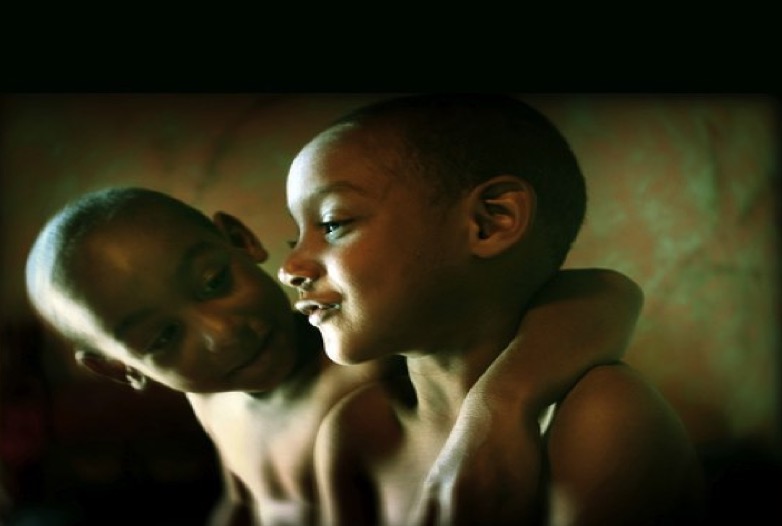
I have long found great value in being deliberate in the expression of love and appreciation for those in my life. With that being said, a special thank to all of my friends from high school, as well as those who I have had the great pleasure of growing with during my time here at NC State. Check out @myhealthimpact and www.myhealthimpactnetwork.org for this and other information of #health, #culture, #tech and #STEM.
Figure 1: http://www.christcitychurch.ie/life-groups-what-are-they/
Figure 2: http://epasda.org/events/were-in-this-together/
Share

December 09, 2015
Decisions, Decisions: Sexual Health Education or Mental Health
Public Health Education is such a broad field of study, with a vast selection of areas to choose from. There’s tobacco, global health, epidemiology, climate change and a host of others. Out of these various topics, I find myself drawn to a few that seem to peak my interest: Sexual/Reproductive Health education, Domestic Violence, and Suicide/Depression. I haven’t decided exactly which area I want to focus on after graduation, but I have tried to educate myself on these topics.
My interest in Sexual Health came about in my Human Sexuality class that I took my first semester in the Health Education department. At first I only took it because I just need another health elective to take and didn’t think anything of it. We discussed so many things in that short amount of time and I was hooked ever since. My professor has been very influential in my decision to teach sexual health education.

On the weekend of November 21st, I had the privilege to volunteer at the 10th Annual Teen Talk Lock-In for the Wake County Health Department. It was an all night, interactive sexual health education workshop for teens. The key areas of focus were attitude & mindset, healthy lifestyles, and access to resources. They had 5 workshops on building positive and healthy relationships, coping and looking forward to positive outcomes, what love is and how to communicate your love to others, understanding your body inside and out, respecting different lifestyles and identities, and also the importance of Sexual Health Education and HIV/STI testing. I was able to go from session to session with the kids and observe the different speakers, my professor being among them. Seeing them interact with this age group, 12 to 17 year olds, further convinced me that I need to do sexual health education. I would like to further help in the fight to make sex a normal thing to talk about in everyday conversation.
October was Domestic Violence Awareness Month, and I was appointed Chair of the 2nd Annual Women’s Empowerment Program for our Department of Health Education at North Carolina Central University. The purpose of this year’s program was to increase awareness of Intimate Partner Violence (IPV) and its correlation to HIV incidence among college women, through education, empowerment, and condom usage. The goal of the program was to empower young college women to RESPECT themselves in order to PROTECT themselves from HIV. Our keynote speaker and founder of Healing after Domestic Violence (HAD). Her story was so powerful, there wasn’t a dry eye in the house. The program targeted 18 to 24 females on campus. Being in the city of Durham, the young ladies on campus are bound to meet and maybe even start relationships with boys on campus as well as from the surrounding areas. For many of these girls, it is their first time away from home, without direct supervision, and they are likely to take advantage of that. Unfortunately for them, not everyone they deal with will have their best intentions at heart. What can start out as a sweet and loving relationship, can go really south, really fast. The program highlighted signs of domestic violence and where to seek help. There were also booths set up, by myself and my fellow Public Health Associates, showcasing different Social Marketing campaigns focused on Intimate Partner Violence. Resources that are available on campus also had booths set up.
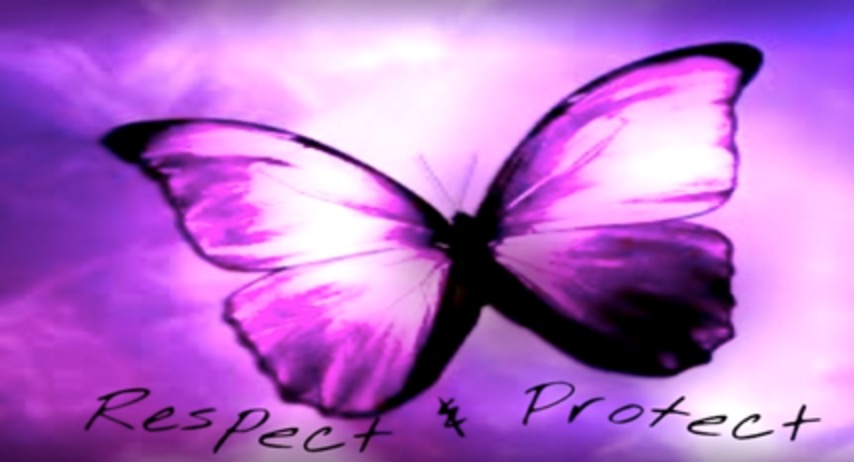
In my research class, we had to choose a health topic to do research on. Normally, I would chose HIV/AIDS, but this time I did suicide and depression, focusing on African American women. I was very surprised that it was hard to find almost any articles on my target population. I’m talking about hours and hours of searching for an article even remotely focusing on depression or suicide in African American women. It was alarming to me, and made me think why no one had decided to do any research on this underserved population, in this regard. As a part of the aforementioned population, I personally know that depression is real in the African American community. There is also a stigma attached to it. I’ve heard people say “Black people don’t get depressed. That’s only crazy white people. Just get over it.” What people don’t realize is that downplaying anyone’s feelings of depression is not helping them at all, and possibly even worsening it, leading them to suicide. If I were to choose this as my final area of focus, I would definitely want to go into research regarding African American women and teenagers.
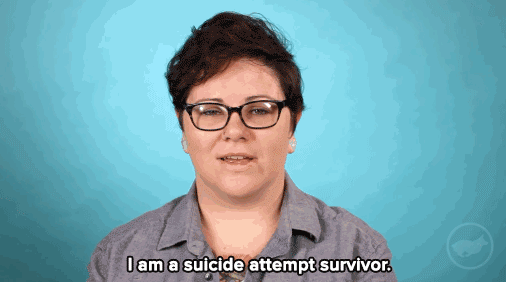
I wasn’t sure how Public Health Education was going to work out for me when I first transferred to the department, but I soon found my place. I chose to focus on these topics for various reasons. I know people who don’t know how some STIs are transmitted and don’t know how to use condoms properly. I know others who have been in abusive relationships, not even realizing that they were in one, and not want help trying to leave the person. That hurt me, that as their friend, they didn’t want me trying to help them. I, myself, struggle with my own depression, and dealing with it. There is always someone who needs public health education and resources, and as a future health educator, I am working hard so that one day I can help others with their problems.
Follow @myhealthimpact on health and tech stories impacts #youngppl. #publichealth #mentalhealth #sexualhealth
Share

October 22, 2015
STEAM and Sports
There has been much discussion on Baltimore Ravens offensive lineman, John Urschel. Urschel is currently in his second NFL season, but his energy is not fully invested in football. While attending and playing football at Penn State University, he earned both a bachelor’s and master’s degree in mathematics. He is currently working towards a PhD in applied mathematics and was invited to speak to NSA mathematicians about an algorithm created by him, to aid in the organization of large amounts of complex data. His published works have been widely celebrated in and outside of the mathematics community. Urschel has been one of the more prominent figures pushing the importance of STEM education in school. He has taken his position in the community to tour Baltimore and speak at local schools. Although he is currently being profiled with articles about him found in the Huffington Post, Sportsnation, and Sports Illustrated, he is not the only NFL athlete who has dedicated his time to STEAM education. Vernon Davis, the San Francisco 49ers current tight end has also been highlighted.
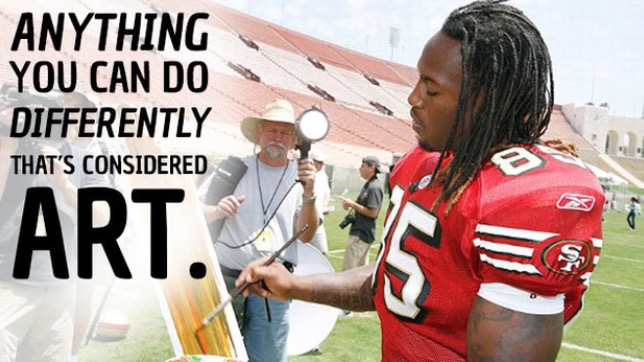 Vernon Davis grew up in inner city Washington, DC and quickly noticed his passion for visual art. He went on to change his major while at the University of Maryland from criminal justice to studio art. He now continues to pursue his passion of art through painting. He now sponsors a visual arts scholarship, promoting the arts for interested high schoolers in the San Francisco area. Davis, who was initially embarrassed by his interest in the arts while a high school student, has said that the arts have provided him with a refuge away from football life. It has also taught him the importance of self-confidence, and wants to be sure that students interested in the arts are able to follow their interests regardless of social pressures of their peers.
Vernon Davis grew up in inner city Washington, DC and quickly noticed his passion for visual art. He went on to change his major while at the University of Maryland from criminal justice to studio art. He now continues to pursue his passion of art through painting. He now sponsors a visual arts scholarship, promoting the arts for interested high schoolers in the San Francisco area. Davis, who was initially embarrassed by his interest in the arts while a high school student, has said that the arts have provided him with a refuge away from football life. It has also taught him the importance of self-confidence, and wants to be sure that students interested in the arts are able to follow their interests regardless of social pressures of their peers.
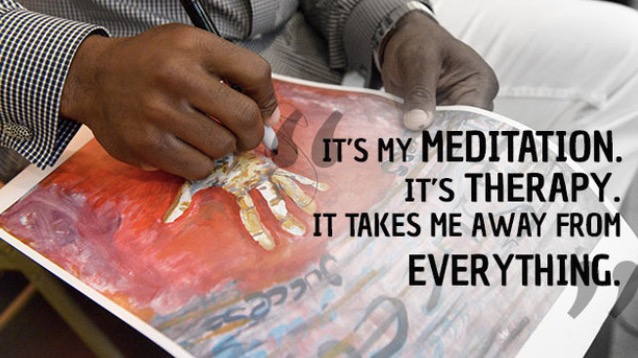 These two athletes are providing a great example of the multidimensionality of professional athletes. These men have dedicated hours upon hours for a significant portion of their lives to football, but have found an alternative outlet in STEAM (Science, Technology, Engineering, Arts, and Mathematics). It is important to note that education in these domains is pivotal for our education system. We must expose children of all communities to these realms, providing them with a variety of options to pursue. The ability of Urschel and Davis to use their platforms to advocate for STEAM is a significant stride for education, especially in the underserved communities in which they have spent their time.
These two athletes are providing a great example of the multidimensionality of professional athletes. These men have dedicated hours upon hours for a significant portion of their lives to football, but have found an alternative outlet in STEAM (Science, Technology, Engineering, Arts, and Mathematics). It is important to note that education in these domains is pivotal for our education system. We must expose children of all communities to these realms, providing them with a variety of options to pursue. The ability of Urschel and Davis to use their platforms to advocate for STEAM is a significant stride for education, especially in the underserved communities in which they have spent their time.
Share

September 22, 2015
The Importance of Awareness
It was not until high school that I learned that I held the trait for sickle cell. During my high school athletic years I did not feel significantly impeded by my health status, and even briefly considered playing collegiate football. I however did not make that decision based 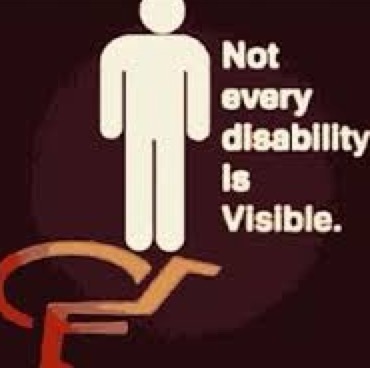 on my status as a carrier for sickle cell, but instead on my passion for football at the time. Losing the last game of my high school career took a toll on my desire to continue playing.
on my status as a carrier for sickle cell, but instead on my passion for football at the time. Losing the last game of my high school career took a toll on my desire to continue playing.
For the most part, I do not think about sickle cell trait, but I recently had an experience that caused me to take precaution. I participated in a retreat that took place in the Rocky Mountains of Colorado. Initially, I was reminded of Ryan Clark, former NFL safety for the Pittsburgh Steelers. Clark had life threatening complications following a game in Denver due to the altitude and dehydration from the game. Following a game against the Denver Broncos, Clark was hospitalized and eventually had his spleen and gall bladder removed. Due to his ailment he lost 30 pounds and was deemed unable to play for the remainder of the season. Although I was not undergoing the same physical exertion as Clark, I was weary of the outcomes of my activities.
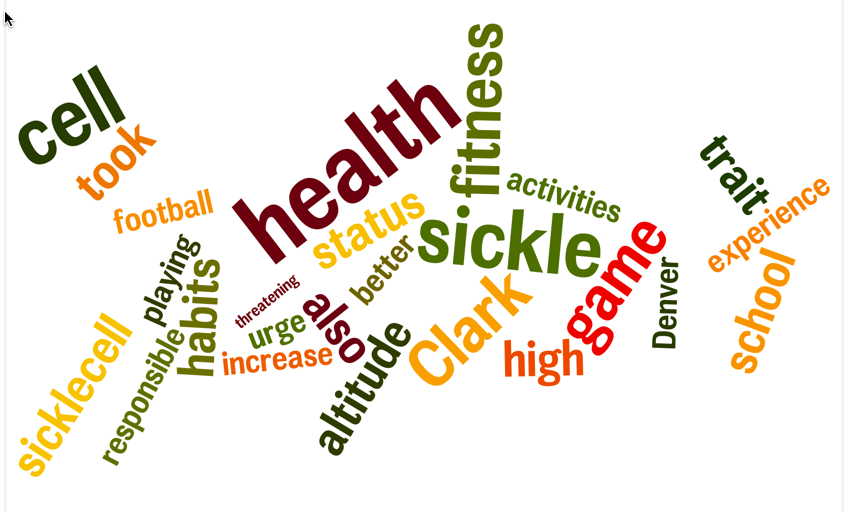
We were given strategies to cope with the change in altitude, all of which I took very seriously. Even with the increase in water consumption, my adjustment to the drastic increase in altitude was slower than my classmates. I found myself having trouble falling asleep and going about daily activities, which was initially frustrating, but also worrisome. I started thinking about my health and taking responsibility for my fitness. I realized that my difficulties, although rooted in the presence of the sickle cell trait, could have been aided by better fitness habits beforehand.
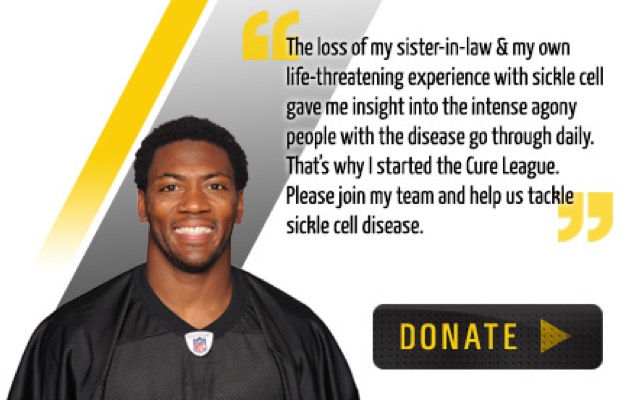 The experience reinforced my belief in the importance of being responsible for one’s own health. I know that I must practice better fitness habits, especially since I intend to work in the medical field. I urge everyone to not only stay responsible for their health by practicing healthy fitness habits, but also be conscious of their health status. As we celebrated the awareness of sickle cell disease, it is also important to urge those around you to be informed of their health in general.
The experience reinforced my belief in the importance of being responsible for one’s own health. I know that I must practice better fitness habits, especially since I intend to work in the medical field. I urge everyone to not only stay responsible for their health by practicing healthy fitness habits, but also be conscious of their health status. As we celebrated the awareness of sickle cell disease, it is also important to urge those around you to be informed of their health in general.
Stay up to date on the latest news and health trends by following @myhealthimpact on Twitter and Tumblr.
#sicklecell
#sicklecellawareness
#sicklecellawareness2015
#fitness
Share

July 15, 2015
Access to Health – A Privilege - and Two Brothers Planning to Collaborate
When I was growing up, eating healthy and physical fitness was something that was talked about fairly often in my household. I played sports throughout my childhood and remained very active. And for the most part, this was the case for everyone in my family. I always had access to a gym, fresh fruits and vegetables. Having the ability to eat healthy is a luxury, and I never really realized how much of a privilege it was until I was exposed to some statistics. “A recent multistate study found that low-income census tracts had half as many supermarkets as wealthy tracts. Another multistate study found that eight percent of African Americans live in a tract with a supermarket, compared to 31 percent of whites” (Bell). I would love to say that a statistic like this really stands out but it doesn’t at all. Minorities, particularly African-Americans, as a community, are extremely disadvantaged when it comes to healthcare as compared to their white counterparts.
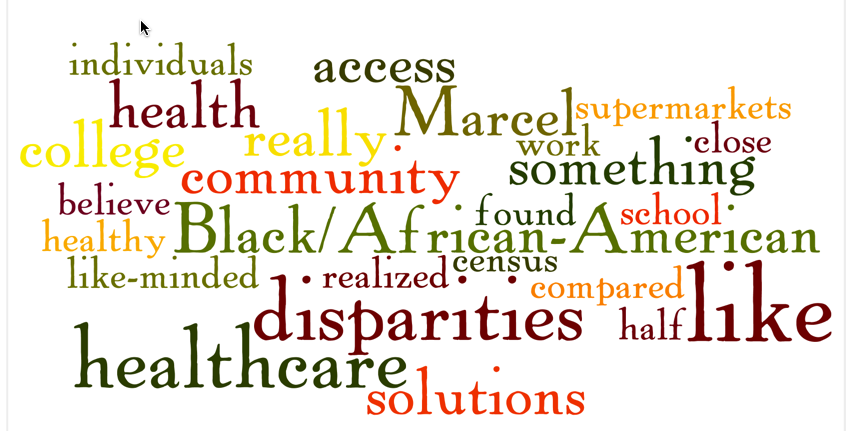
When I first began to understand the notion of health disparities, I was intrigued and motivated. Why should citizens of the United States already a decade and a half into the twenty first century not have access to supermarkets close to their places of residence? Over time, I have realized that this is something I would like to change. Closely approaching my senior year of college, I have had the privilege of completing two ethnographic studies that examine pharmacy and supermarket access as well as examining health related racial disparities. Both of these studies examined the neighborhood of East Liberty in Pittsburgh, Pennsylvania which according to 2013 census data is around 74% Black/African-American.
I feel so personally invested in the discussion of healthcare disparities and healthcare equality for all because I identify with the Black/African-American community. After college ,I would like to further my knowledge on these subjects by pursuing my Masters degree in public health. I believe my future education will give me not only the tools and resources to think of potential solutions to my community’s problems but also allow me to work with other like-minded individuals.
One of the like-minded individuals I hope to work with in the future is Marcel Souffrant. Marcel and I went to high school together and have been close friends since around 2011. He is currently planning to attend medical school following graduation from college in the spring of 2016. In a true collaborative effort, I believe we can both help craft potential solutions to these healthcare disparities that currently plague the Black/African-American community. Two Black/African- American men working together to create solutions to these chronic issues is something I am really beginning to like the sound of. Follow the journey along at @myhealthimpact for this, other health-tech topics and voices of young people like me and Marcel.
Citations
Bell, Judith, Gabriella Mora, Erin Hagan, Victor Rubin, and Allison Karpyn. "Access to Healthy Food and Why It Matters." Thefoodtrust.org. Policy Link, 2013. Web. 10 July 2015. <http://thefoodtrust.org/uploads/media_items/grocerygap.original.pdf>
Share

July 02, 2015
Reshaping the Health Tech Narrative
My January 9, 2015 blog (see Tech-Social Activism) indicated that tech-social activism was “big” in 2014 with a prediction that 2015 would see even greater issues to explore. Six months into 2015, this prediction has surpassed expectations. Here is what dominated the 2014 social activism tech space:
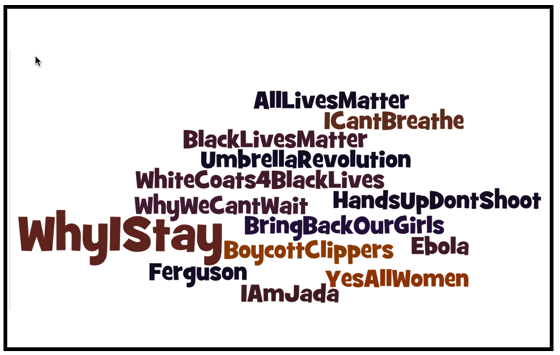
The past few blogs from the myHealthImpactNetwork team has covered these topics and offered interesting perspectives on topics where health meets tech, and this is not absent of the social commentaries that influence daily living. Below is a mash- up of these topics. Check out these blogs on the website. Follow us at @myhealthimpact. Let us hear from you as we work to amply voices and (re)shape the health tech narrative.
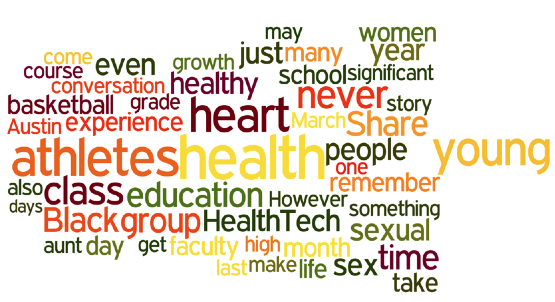
Share

June 18, 2015
Please Understand that’s There’s SOMETHING to Understand
We, as black people, have to watch our every move now. The levels of anxiety and mental stress we endure in our own homes and communities will have everlasting effects on us. I’m conscious on what I wear, what I say, what I do in public, and just my overall image. It’s sad to say, but this isn’t a world where I can be myself outside of my room.
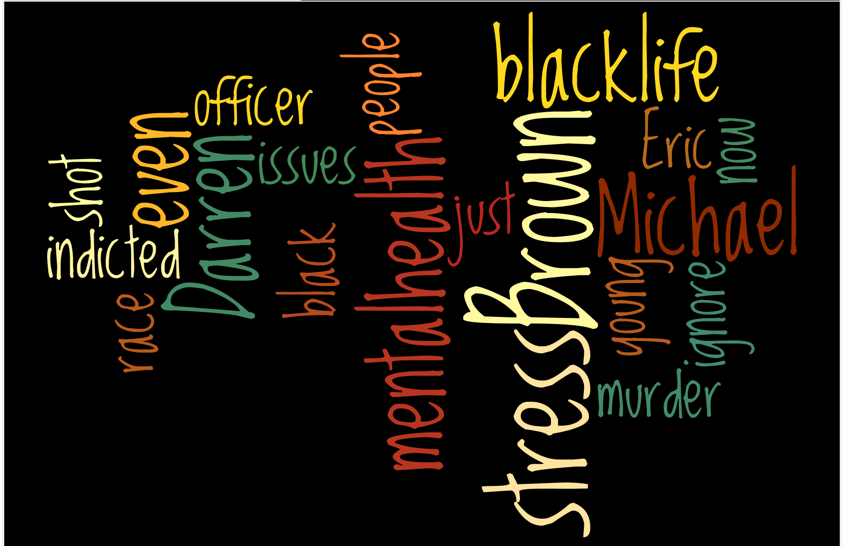
If it wasn’t for Michael Brown, I would have never heard of Ferguson, Missouri. If you’ve been living under a rock or choose to deliberately not hear the story, here it is. A 19 year old black young man was shot and killed in the middle of the street by law enforcement. Not only was the boy unarmed, but was shot at 12 times. They levels of unanswered questions surrounding the case are baffling. After Brown’s death, Darren Wilson, the officer who murdered Brown, somehow went into hiding. Darren WIlson wasn’t indicted. The transcript was published on the internet and his description of Michael Brown was horrendous. Eric Garner’s murder wasn’t indicted either. The Supreme Court decided not to indict Eric Garner’s murder after video evidence of the officer using an illegal chokehold.
There have now been protests around the WORLD in support of Michael Brown and Darren Wilson, not forgetting all the other wrongfully slain brothers and sister in the recent days and even years. Then, there is Baltimore with the media commentaries depicting the community in ways that only causes even more stress.

Why do we have to die so young? Why do I have to feel like a suspect when I’m just walking around from place to place? Why are there people that don’t understand that there’s something to understand about race issues in America. It’s scientifically proven that ignoring race issues don’t make them disappear. That’s doesn’t even make sense when you think about it. You can’t ignore your work and expect to get it done. Can you? You can’t ignore your hunger and expect to be full?
Share

May 03, 2015
What Ever Happened To Your Favorite Players?
As you can see below, both rising stars and professional athletes are dying from heart disease each and everyday! This interactive infographic shows the fate of athletes who died, retired or was forced to have surgery as a result of their heart condition. It's really disheartening because a lot these professionals died early on affecting not just fans but their families. Let's not only remember the names on the back of a jerseys but also use their story to identify heart diesase in young athletes and prevent misdiagnosis from so many lives short.
Tweet us @myhealthimpact to let us know if any of the players on this shocked you!
Share
In Partnership with: Poole College of Management, College of Humanities and Social Sciences, National Science Foundation, Penn State
Take Action, Get Tested: Find Your Local Testing Center Why Get Tested?

